Articles
News Sentiment By Stephen Massel

News data, which has long been the province of institutional traders, is now making its way into the hands of retail traders. Here’s a look at how you can incorporate this data into your trading strategies. We all know that news moves the markets, but what is less easy to determine is exactly how the market will react immediately after the news event as well as later, once market participants have had a chance to digest and analyze the news in more detail. The algorithmic interpretation of these news events and more detailed news stories has long been the province of the hedge funds, which have the resources to spend on research & development in this specialized area. However, as with most advanced technological developments, there comes a time when it becomes more widely available. The use of news analytics and news sentiment has reached this point, and more and more traders are now gaining an edge by using news data.
Quantifying News
The development of trading strategies based on traditional technical analysis using price action, volume, fundamental economic data, and derived indicators relies on backtesting for performance evaluation. The backtesting is based on historical data that, of course, has all the news known to the market at the time backed in. This is all well and good, but would it not be better if news could be quantized and decoupled from the history? This would allow an additional dimension of detail (in the same way as trade volume is separate) affecting price action. This would also allow the strategy to react and adapt to real-world market events, rather than rely on a purely statistical representation of backed-in news events.
In this article I will detail how traders can now access this news data and incorporate it into their trading strategies. The focus will not be on the high-speed receipt of news, as the advantage there lies with the high-frequency trading firms operating in time frames of micro and nano seconds, with whom the average trader cannot compete.
What Is News Sentiment?
The amount of news stories that are broadcast or published by multiple media outlets on the economy as a whole, on individual companies, and on global geopolitical events continues to rise. Making sense of all this data—filtering out what’s relevant and important, and to what extent—used to be the job of large investment houses’ research departments. However, with the advent of digitization of news content, advanced computing, and language interpretation techniques, this data can now be effectively and quickly analyzed. The programs that analyze this data are often referred to as news sentiment algorithms. They use advanced natural language heuristics and statistical techniques to quantize the news from various sources. This is a multistep process running in real time that involves:
- Inputting news from single or multiple sources (for example, broadcast TV channels, market data vendors’ newsfeeds, RSS web feeds, Internet blogs, etc.). These feeds can provide purely news headline and content (text) or additionally include metadata tags (for example, topic, company name, sentiment score, etc.)
- Digitizing and formatting the data for processing
- Parsing the data—looking for specific keywords, sentences, phrases, and so on
- Applying weightings to the parsed data based on context, uniqueness, occurrences, extremeness of language, and so on, and generating a positive or negative value based on market impact, relevance, etc. (this step and the previous step are really the secret sauce, where the algorithm really earns its salt)
- Consolidating all values and providing a news sentiment value for the specific news event. Results can be categorized as required (for example, macroeconomic, company/country/industry-specific, and so forth).
This sentiment data is provided throughout the day in close to real time, and often with additional metrics, such as:
- News sentiment (a negative, zero, or positive value representing news on a scale of bad to good)
- News flow (a zero or positive value, representing the number of news events or stories interpreted)
- Z-score (a negative, zero, or positive value, representing statistical relevance of the sentiment value above or below the average)
- A news link (a URL link to the underlying news story).
Traders can now access news data and incorporate it into their trading strategies.
The key to success, of course, is the way the algorithm interprets the news text together with a strategy for managing duplication. The good news is that you do not need to create these algorithms yourself; the resultant news sentiment data is now becoming more widely available, and ultimately the best way to test its efficacy will be to create a strategy and analyze its effectiveness.
Suggested Books and Courses About Investment and Economy
All About High-Frequency Trading
Original price was: $15.59.$7.80Current price is: $7.80.Alpha Trading: Profitable Strategies That Remove Directional Risk
Original price was: $26.01.$13.01Current price is: $13.01.The Index Trading Course and Workbook
Original price was: $12.65.$6.33Current price is: $6.33.The Great Depression of Debt: Survival Techniques for Every Investor
Original price was: $13.03.$6.52Current price is: $6.52.Applying It To Your Trading
News sentiment data can be of great assistance in various ways. A discretionary trader can use it as an additional indicator, the portfolio manager or investor can use it to keep track of news events affecting his holdings, and as I mentioned earlier, it can be incorporated into an automated strategy for backtesting. I’ll review each of these areas in some more detail.
PortFolio Management
Any portfolio manager or investor will be interested in specific news pertaining to their holdings. Keeping up with all the news, especially for large portfolios, can be an overwhelming task. News sentiment can be of great benefit here, where a news sentiment feed can alert the manager to news events, on a percompany or industry basis. This can be achieved by simply having two or three additional metrics associated with each holding, namely news sentiment, flow, and z-score. The manager can then quickly get a high-level view of the news affecting his holdings, and can be alerted to any elevated activity. He can then dig down into the specific news articles from various sources to more fully understand the potential impact on his holdings. This automated method of highlighting relevant news saves a huge amount of time in manually scanning various news media, and it’s suitable to mobile devices for a manager on the move.
Strategy Development
There are two main applications of sentiment data in strategy development. You can either use it as the primary driver and create a strategy around it directly, or use it as a filter for an existing strategy. In either case, when using this data, one of the first considerations is to ensure the volume of data matches your expectations.
News sentiment typically provides a single value per news story; this may be of great interest in itself, depending on the magnitude of the value. However, for a trading strategy you will want to make sure there is sufficient data for your time frame and style of trading. For example, when daytrading, if your news sentiment value starts the day off at zero and cumulatively builds during the day, you may not have sufficient data in the morning session to make a valid trade decision. Smaller stocks, including some within the S&P 500, will not have news every day, whereas macroeconomic or broader categories of news sentiment will have much greater flow. For strategy development and backtesting, you will also want to ensure there is sufficient history for your purposes.
With the advent of digitization of news content, this data can now be effectively and quickly analyzed.
As with any other data, news sentiment data can be used to drive a range of indicators available in today’s trading platforms. One of the most common ones is the basic moving average indicator, which can be used to gauge short-term news trends. For an existing strategy, this could be used as a filter to improve performance. Let’s say you have a short-term strategy that holds positions for a few days or weeks. You could decide to only enter a new position at the start of a positive news trend and avoid entering positions on bad news. The potential uses of this data, including flow and z-score, are literally limitless and can provide a significant edge in your strategies.
Discretionary Trading
As in strategy development, sentiment data can be effective as a decision support tool in discretionary trading. Like with any other indicator, there is no silver bullet, but any additional evidence to support a trade can sometimes prove very helpful. Here are some examples of its use.
Example 1: Below the Advanced Micro Devices Inc. (AMD) chart in Figure 1 is a plot of AMD daily news sentiment (white line) and the five-day moving average (bar chart). The stock finds itself at trendline support the same time as the short-term news sentiment trend turns positive. Here, news sentiment was useful in assisting the decision with regard to whether there might be a bounce at support.
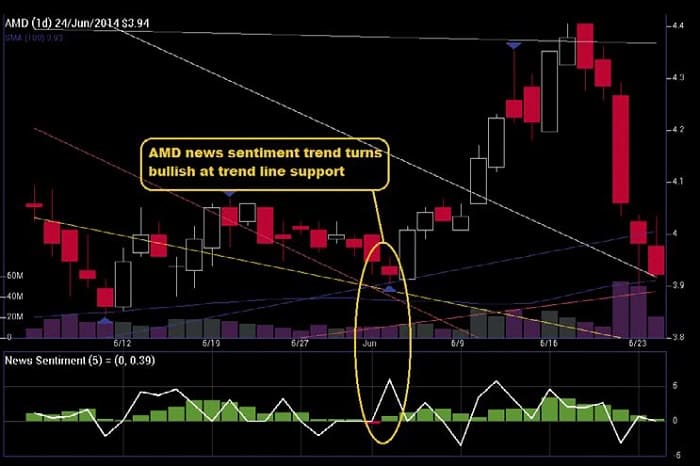
FIGURE 1: IDENTIFYING SUPPORT LEVELS. The stock price finds itself at trendline support at the same time that the short-term news sentiment trend turns positive.
Example 2: In the chart in Figure 2, the stock price of Exxon Mobil Corporation (XOM) is approaching a channel support line with decreasing volume the same time as the news sentiment trend reaches extreme negative levels.
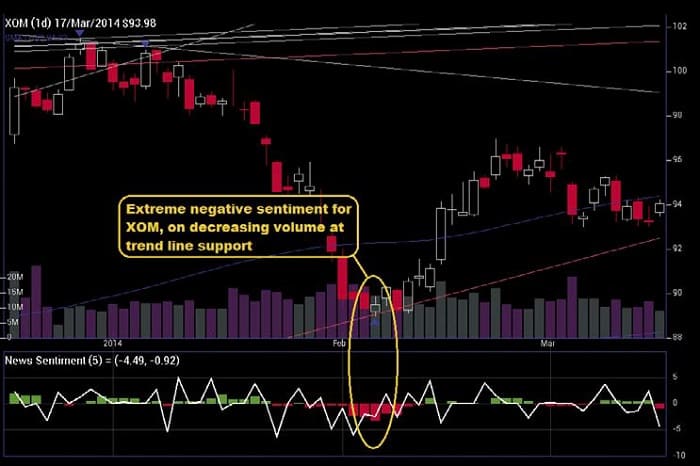
FIGURE 2: CHANNEL SUPPORT. The price is approaching a channel support line with decreasing volume at the same time that the news sentiment trend reaches extreme negative levels.
Example 3: In the chart of Coach Inc. (COH) in Figure 3 you see several examples of price approaching support & resistance levels at the same time that the short-term news trend changes direction.
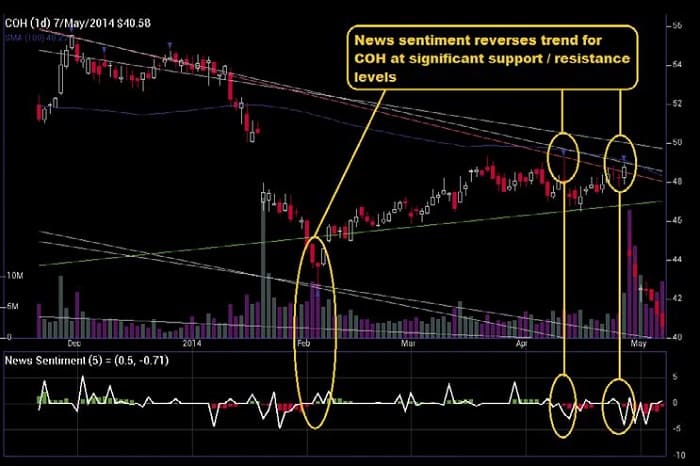
FIGURE 3: SUPPORT & RESISTANCE LEVELS. Price approaches support & resistance levels at the same time that short-term news trend changes direction.
Example 4: In Figure 4 you see extreme positive news sentiment trend events for Duke Energy Corporation (DUK) highlight significant turning points.
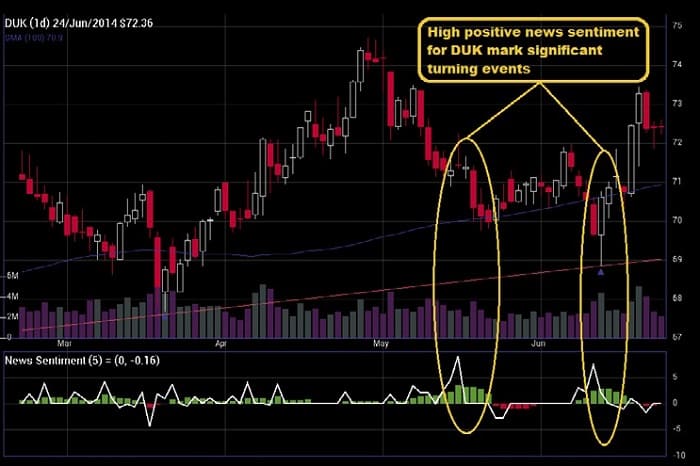
FIGURE 4: TURNING POINTS. Extreme positive news sentiment highlights significant turning points in the stock price.
Sources of News Sentiment Data
News sentiment data in various forms is available from several sources, and of course at various prices. Here are some specialist news sentiment data providers:
- Dragonfish (StockNewsSentiment.com, dragonfishgroup. com)
- Opfine (opfine.com)
- FinSents (finsents.com)
- Ravenpack (sentimentnews.com)
- Dow Jones (http://new.dowjones.com/products/dj-news/news-machine-analysis/)
- Thomson Reuters (http://www.machinereadablenews. com/p-sentiment-indices.php)
- Bloomberg (bloomberg.com/professional/news-research/news/)
Trading By News
With the increase of news sentiment data availability, the opportunities now exist for individual traders to utilize this data in their strategies and trading decisions and for investors to be quickly alerted to important news events affecting their holdings. Furthermore, this sentiment data can now be obtained at a fraction of the cost of paying for an expensive newsfeed from the traditional big vendors. This is one more example of technology that was once only available to the large trading firms, but is now becoming available to individuals to bring their trading up to a more sophisticated level.
Stephen Massel has been developing strategies and indicators and trading futures & options for more than 18 years. He is cofounder of Dragonfish LLC, a news sentiment data provider and trading strategy development/testing company.
2 thoughts on “News Sentiment By Stephen Massel”
Leave a Reply
You must be logged in to post a comment.

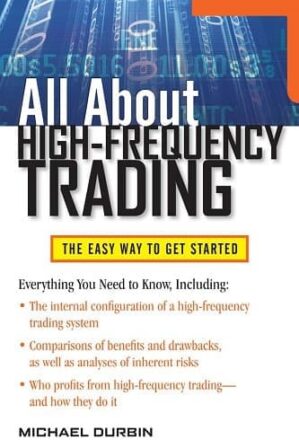
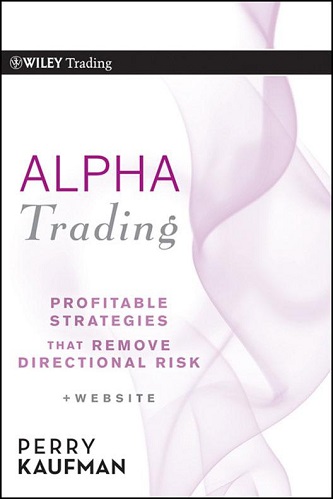
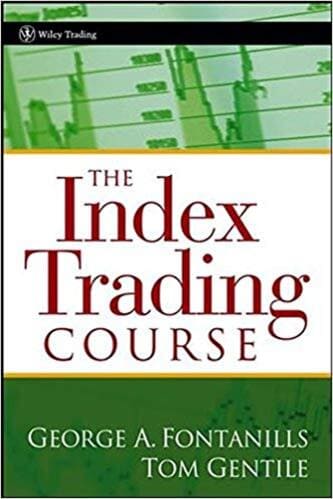
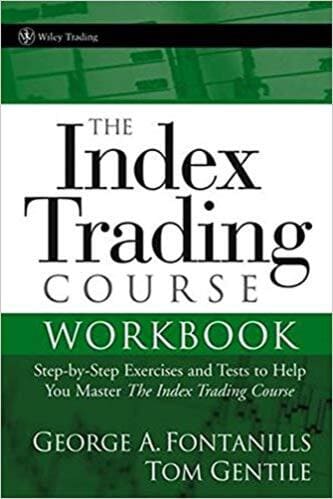
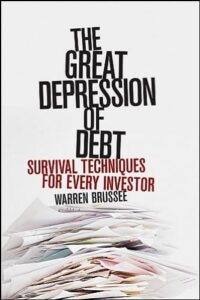
Hello my friend! I want to say that this article is awesome, great written and include almost all vital
infos. I’d like to see more posts like this .
Hi Stephen, Great article!